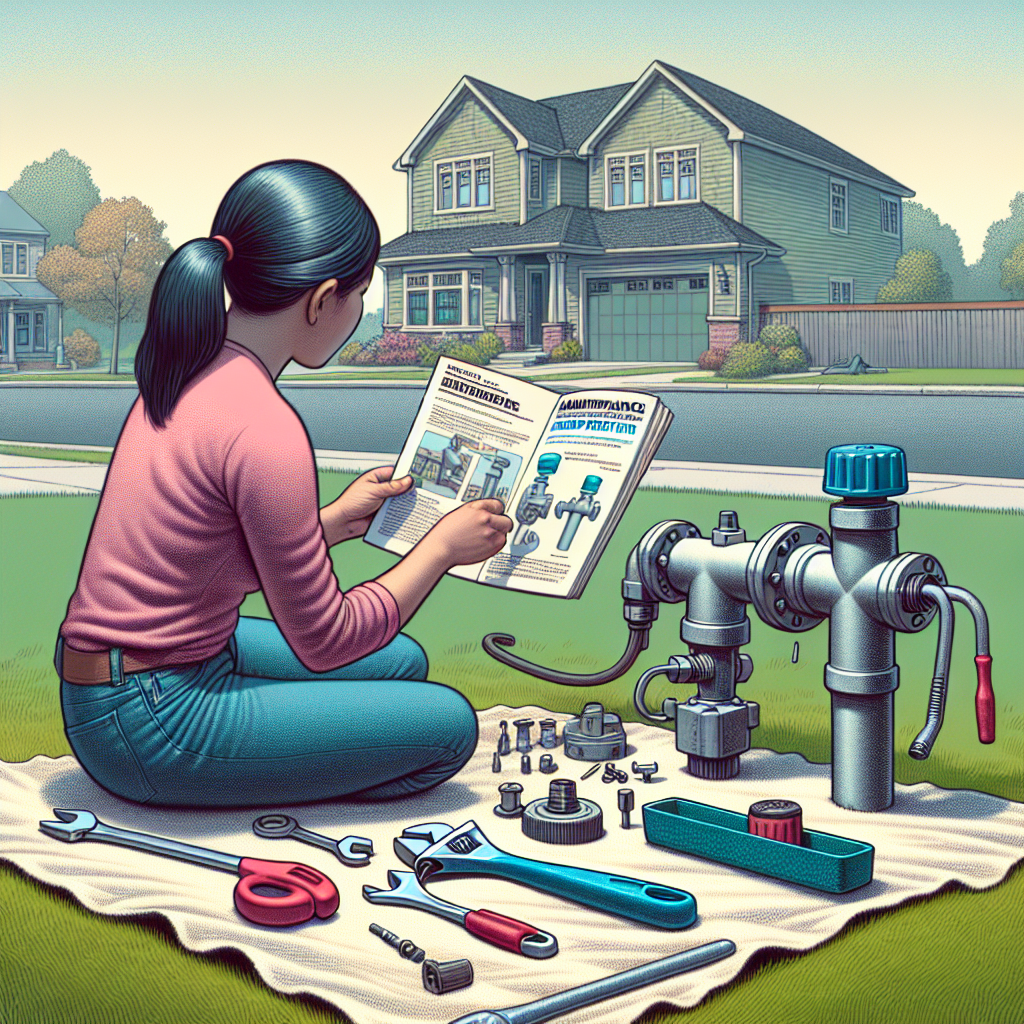As a homeowner, it’s easy to overlook certain plumbing components that play a crucial role in ensuring your family’s health and safety. One such component is the backflow preventer. Understanding how to maintain this device can save you from costly repairs and protect your drinking water. In this article, we’ll demystify backflow preventers and provide vital DIY maintenance tips every homeowner should know.
What is a Backflow Preventer?
Backflow preventers are devices installed in plumbing systems to prevent contaminated water from flowing back into the clean water supply. They’re essential in maintaining water quality—especially in residential areas using irrigation systems, swimming pools, or industrial machinery. These devices work by blocking the reverse flow of water, ensuring that harmful contaminants do not mix with safe drinking water.
Why is Backflow Prevention Important?
Backflow can occur due to various reasons such as sudden pressure changes in the water system or cross-connections between potable and non-potable water. Contaminated water can lead to health issues, including gastrointestinal infections, skin irritations, and other serious diseases. Having proper backflow prevention in place upholds your community’s health standards and keeps your family safe.
Recognizing Signs of Backflow Issues
Before delving into maintenance, it’s crucial to understand the signs that may indicate an issue with your backflow preventer:
- Foul Odors: A strong and unpleasant smell in your water may indicate contamination.
- Discolored Water: Any noticeable change in water color could suggest that impurities have infiltrated the supply.
- Low Water Pressure: Sudden drops in your water pressure may hint at a faulty backflow preventer.
- Unusual Taste: If your drinking water has a strange taste, it may be time to inspect your plumbing system.
If you observe any of these signs, it’s essential to act quickly.
Essential Tools for DIY Maintenance
To maintain your backflow preventer effectively, you’ll need the following tools:
- Pipe wrench
- Screwdrivers (flathead and Phillips)
- Plumber’s tape
- Cleaning cloths
- Container to catch excess water
- Replacement parts (if needed)
Step-by-Step Guide to DIY Backflow Preventer Maintenance
1. Shut Off the Water Supply
Before conducting any maintenance, ensure that you turn off the water supply to your backflow preventer. This prevents any mishaps and keeps you dry during the inspection.
2. Inspect the Device
Examine the exterior of the backflow preventer for any visible signs of wear, rust, or leaks. Look for any loose fittings and connections that may require tightening.
3. Clean the Screen Filter
Many backflow preventers have a screen filter designed to trap debris and impurities. Remove the filter carefully, rinse it under clean water, and brush it with a soft-bristled brush to remove any stubborn dirt or build-up. Make sure it’s completely dry before reinstalling.
4. Check the Valves
Inspect the check valves for proper function. These are critical hardware components that ensure one-way flow. If they appear to be corroded or damaged, consider replacing them.
5. Look for Signs of Wear on Seals and Springs
The seals and springs inside the backflow preventer can wear over time. Examine them for any cracks or deformities. If any parts appear compromised, replace them with the appropriate components available at your local hardware store.
6. Reassemble and Test
Once all cleaning and inspections are complete, reassemble your backflow preventer carefully. Reinstate all components, ensuring they fit tightly. Turn the water supply back on and check for leaks.
When to Call a Professional
While DIY maintenance is feasible for many homeowners, certain situations warrant a professional’s touch. If you encounter significant corrosion, extensive leaks, or irregular functioning even after your DIY efforts, it’s advisable to consult a licensed plumber. Additionally, many local codes require backflow preventers to be tested annually or biannually by certified professionals, so check your area for regulations.
Conclusion
With the right knowledge, DIY maintenance for your backflow preventer can be straightforward and manageable. Regular inspection not only protects your home’s water supply but also enhances your overall plumbing system’s efficiency. Remember, a little bit of time spent on maintenance can save you from substantial headaches down the road. Stay proactive, and keep your water clean and safe for your family.
By following these guidelines and being attentive to your plumbing system, you can take control of your backflow preventer maintenance. If you need more help, don’t hesitate to reach out to experts in your area. Your home and family will thank you for it!


